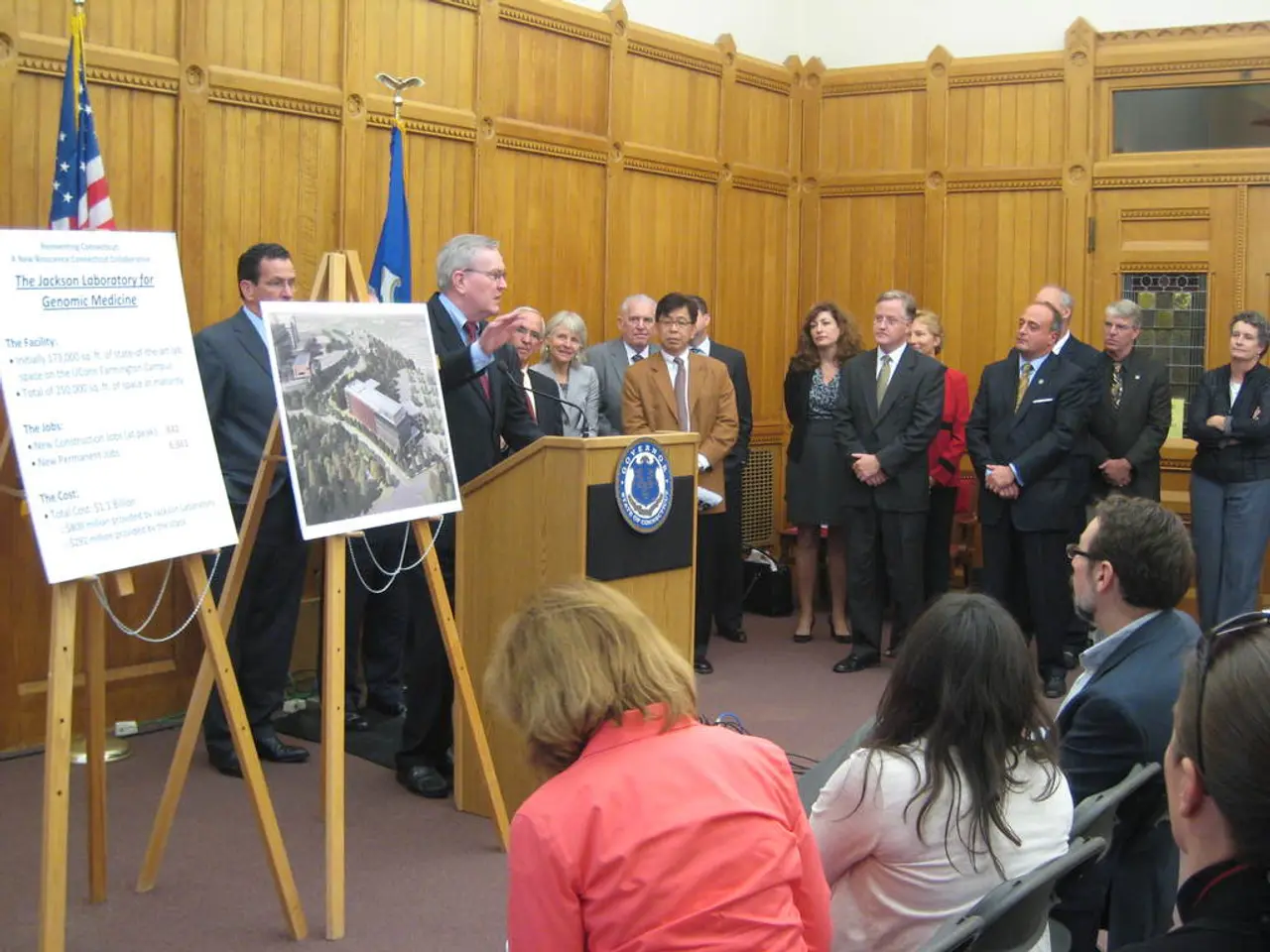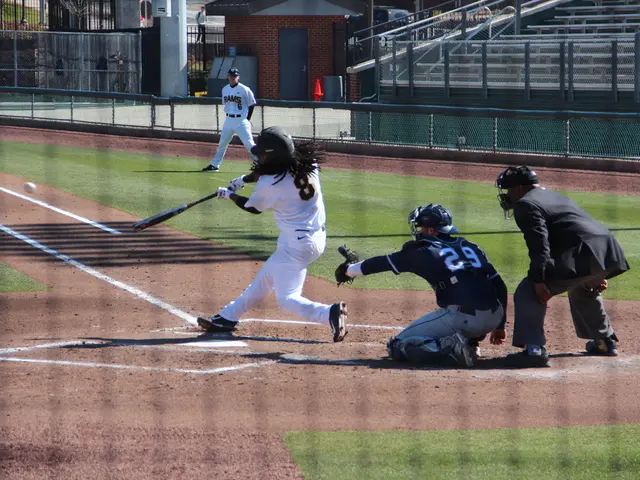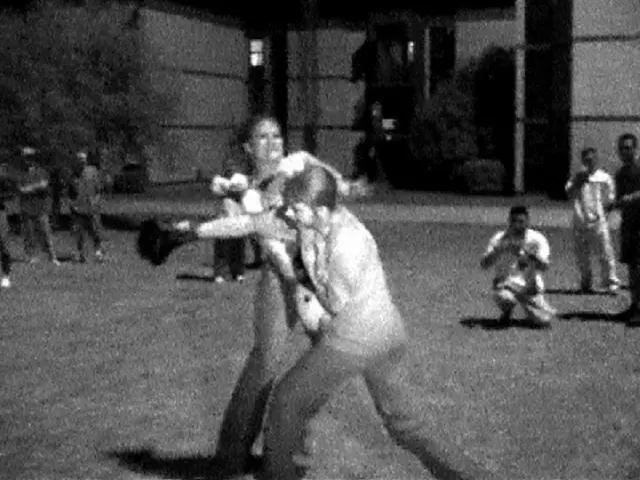Awaiting Officially: Trump as the False President-in-Line
In the realm of modern politics, the presidency and campaigns of Donald Trump can be seen as pseudo-events in the framework of Daniel Boorstin’s concept of the political image. This concept posits that reality is often substituted by manufactured spectacle designed to capture media attention and shape public perception.
Boorstin described pseudo-events as planned activities or occurrences staged specifically to be reported and consumed by the media, rather than spontaneous or purely consequential happenings. Trump’s ability to spin narratives, generate controversial statements, and stage media spectacles exemplifies how his political activity functioned as pseudo-events—designed less to inform and more to maintain attention and reinforce his persona as a media figure and political insider spinning his own version of reality.
For instance, Trump’s frequent dissemination of false or exaggerated claims and bluster functioned as manufactured events aimed at dominating media cycles and public discourse, regardless of factual accuracy. His public performances often prioritized spectacle over substantive diplomatic or policy achievements, as seen in events like the Alaska meeting with Putin where media coverage focused more on Trump's theatrics than concrete outcomes.
The media’s expectation and coverage of “vintage Trump theater”—outrageous bluster and dramatic rhetoric—served to maintain his image as a compelling political figure, even as it masked a lack of coherent policy or presidential gravitas.
From Boorstin’s perspective, Trump’s presidency exemplifies how the image in politics increasingly overshadows reality, where carefully staged pseudo-events construct a political persona divorced from traditional notions of truthful governance. This fits into the broader critique that contemporary political communication often revolves around spectacle, media manipulation, and manufactured pseudo-realities rather than genuine democratic engagement or policy substance.
The author views Trump’s success as a reflection of US celebrity culture, but also as an example of democracy at its finest, allowing a non-traditional candidate to rise to power. However, the uncertainty of the US election outcome, with the country in uncharted electoral territory, is a cause for concern.
If Trump were to win the election, the world would become an immeasurably scarier place according to the author. His offenses against various groups, including Muslims, Mexicans, women, the pope, peaceful protesters, and reasonable opinion in general, have raised concerns about his potential impact on international relations and domestic policy.
In contrast, the author regrets Scotland’s role in promoting Trump due to his controversial actions. Despite being named the country’s GlobalScot business ambassador in 2006, endorsed by the Scottish National Party, Trump and the Scottish government fell out over his opposition to offshore wind farms, leading to the removal of his ambassadorial status in December 2015 after he called for the banning of all Muslims from the US.
The author expresses regret for the rise of Trump, viewing him as the ultimate triumph of the image, the name, the media persona over hard-won knowledge and political wisdom. The Republican Party lacked credible presidential candidates, allowing Trump to gain prominence despite his incoherent speech and lack of visionary policies.
One cannot help but draw parallels between Trump and the monstrous character Frank Underwood from House of Cards. Just as Underwood's actions resemble Trump's wilder excesses, Trump has attacked Ted Cruz's spouse, a move reminiscent of the kind of thing Underwood might have done in the show.
In conclusion, analyzing Trump’s presidency and campaign as pseudo-events in Boorstin’s terms reveals a political strategy deeply reliant on media spectacle, constructed images, and pseudo-realities that shape voter perceptions independently of factual or policy-based realities. The author hopes that Trump’s campaign will end when the general election campaign starts, with many GOP elders in Washington, D.C. ready to endorse Hillary Clinton instead.
[1] Boorstin, D. (1961). The Image: A Guide to Pseudo-Events in America. [2] Crovitz, L. G. (2016, February 1). The Trump Phenomenon: A Study in Pseudo-Events. Wall Street Journal. [3] Spacey, K. (2013-2018). House of Cards. Netflix. [4] Trump, D. (2016). Campaign speech. [5] Trump, D. (2018). Joint press conference with Vladimir Putin. Helsinki, Finland.
Read also:
- England's Tremblings: Lukashenko References English as "Native People"
- Critique on Gender Issues: Deniz Yücel draws a parallel between Minister of Culture and former East Germany's chief ideologist Kurt Hager
- "Primal instincts at play: Subnautica 2 designer notes our affinity for weapon-making stems from a fundamental desire for protection and sustenance"
- Dragon Age series might find a promising future with remasters, according to ex-BioWare producer Mark Darrah, but it seems unlikely that EA and BioWare possess the capability for such undertakings at present.






